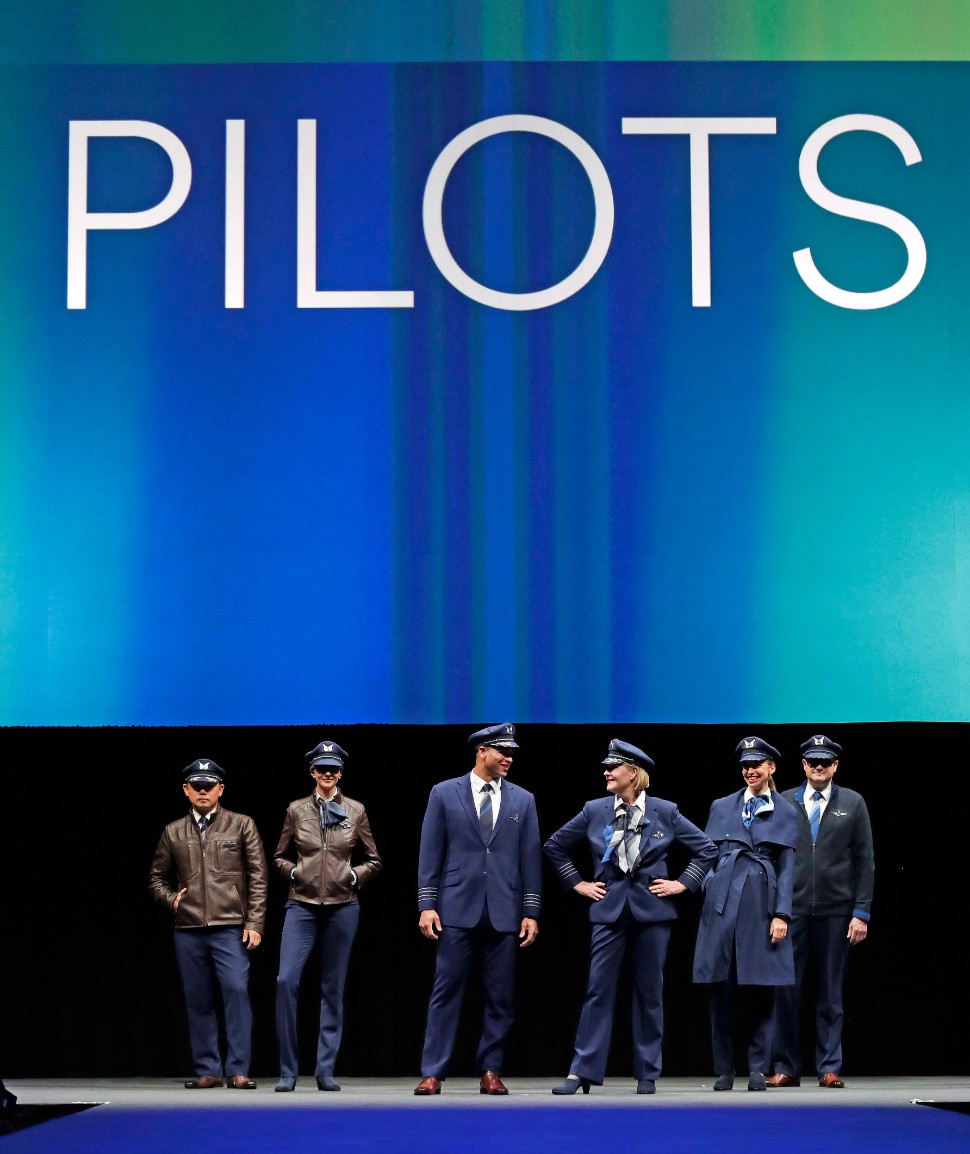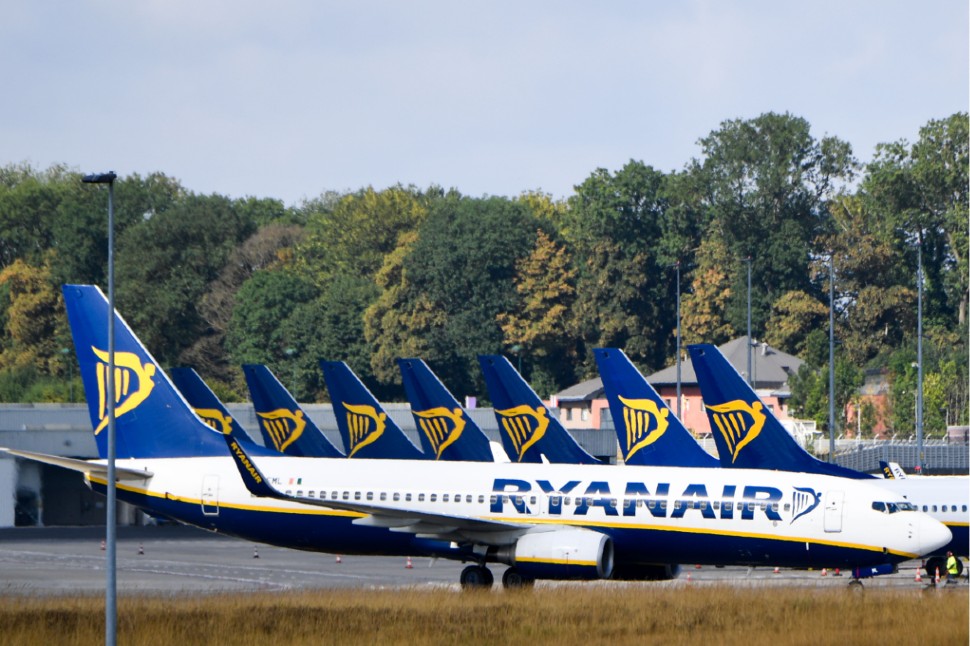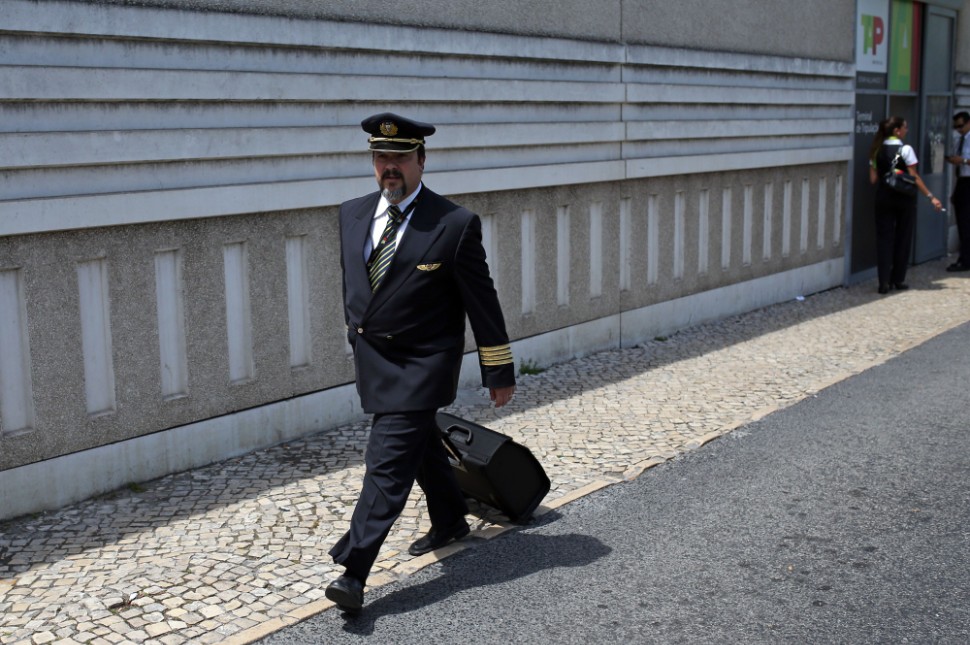The world’s largest flightcrew instruction company, CAE, believes the training industry is theoretically capable of churning out licensed pilots in sufficient numbers to meet unprecedented future airline demands. But, it warns, attracting suitable candidates in sufficient numbers is going to be a challenge, and a lack of affordable finance for training is a large part of the problem.
CAE’s global head of standards David Owens observes that many of today’s potential pilots “are not applying for the reasons we did”. By this he means that today’s applicants for pilot training are more likely to be hard-nosed and practical about the skills they will invest in, and will investigate what return they can expect from the investment.
Ryanair calculates that the outlay for a three-year university degree is less than one-third of the cost of pilot training. Meanwhile university courses are propped up by grants, government-backed low-interest loans and tax concessions, but this does not always extend to investors in a pilot qualification.
The Europe-based Air Training Policy Group (ATPG) says the ability to find suitable finance is “the largest discriminator in pilot career choice”, and points out that this factor limits the pool of talent that the industry can recruit from.
CAE Civil Aviation Training Solutions was invited to present on future pilot supply at the 5th Airports Council International-World Bank annual aviation symposium in London from 12-14 March. Airports trade body ACI says it wants “a data-driven understanding of potential demand and various scenarios [to give] aviation stakeholders insights for effective decision-making”.
Global airport passenger traffic, says ACI, is “poised to double in less than 20 years… and over the long term it is projected to grow at an annualised rate of 4.1%, reaching 20.9 billion by 2040”. Passenger-number increases may not be precisely reflected in fleet growth as the average aircraft unit gets slightly larger. But regardless, a drive to make more efficient use of a growing fleet will increase the number of crews needed; if aircraft spend more time in the air and less on the ground, flight-time limitations mean more crews will be needed.
However, ACI continues: “With a shift away from liberalised economic policies, how can we quantify the downside risks to air transport demand amid sanctioned trade wars and ongoing geopolitical tensions? On the other hand, based on ‘business as usual’ traffic projections, what are the supply-side considerations, capacity constraints and bottlenecks that we face?”

The industry needs more pilots to follow in the footsteps of Alaska Airlines’ model employees
Elaine Thompson/AP/REX/Shutterstock
Perhaps it is the latter question that CAE was invited to answer.
Before the conference, ACI director general Angela Gittens said the intention was to “detail the risks and opportunities for global lenders and investors in the airport industry”, adding: “Participants can expect valuable analyses of global and regional economic forces that airport executives and investors need to understand.”
For the commercial air transport industry to work, it needs infrastructure, aircraft, finance and skilled personnel. The infrastructure may, in parts, be capacity-constrained, but it is there. The manufacturers are churning out the necessary aircraft. The finance is readily there for the infrastructure and aircraft, but the missing piece of the jigsaw is skilled personnel.
The supply of the latter, and finance to enable it, is not guaranteed, so it could bring down all the rest. The manufacturers know there is no point building aircraft when there are insufficient pilots to crew them. Talk of single-pilot cockpits for commercial passenger aircraft was a livelier topic three years ago than it is now, so a technological solution to the pilot shortage appears many years away. A struggling commercial air transport industry will profoundly affect the global economy. That is why the ACI and the World Bank talk to each other.
GATHERING PACE
It was Owens, on behalf of CAE, who addressed the ACI-World Bank symposium. His presentation was headed: “Developing better pilots, faster”. That headline may be what the audience hoped to hear, but in September last year at the Royal Aeronautical Society’s International Flight Crew Training Conference there was general agreement that training quality could be improved, but not delivered in a shorter time than at present.
Outside the corporate environment Owens admits: “We can’t short-cut experience.” But CAE’s plan to accelerate pilot progress through training depends heavily on attracting and selecting the right material so as not to lose instructor time on remedial training for struggling stragglers. There does not seem to be any co-ordinated industry plan for attracting more interest in industry careers, however.
Meanwhile, the airline pilot training industry worldwide faces a perfect storm of competing demands. The rapidly growing world fleet and massive order backlogs at aircraft manufacturers are driving an unprecedented global demand for fully trained crews.
CAE says that in 2018 there were 305,000 active airline pilots and 55,000 business aviation pilots. Between now and 2028, the number of those that will need to be replaced because of retirement is respectively 110,000 and 40,000. CAE calculates that one-third of active pilots are aged over 50. But in addition, fleet growth will add the need for 160,000 more airline pilots and 10,000 extra business aviation pilots. By 2028, the numbers of active pilots, therefore, will be 465,000 airline pilots and 65,000 business pilots, making a grand total of more than half a million active professional pilots.
At the same time, air training organisations (ATOs) are under pressure – or even under compulsion in the case of the European Union Aviation Safety Agency (EASA) – to implement new training paradigms. These new ways of delivering training include competency-based training and assessment (CBTA) at the ab initio training level, and evidence-based training (EBT) for airline recurrent training.
Under today’s performance-based regulation (PBR) system, ATOs and airline training departments now have the responsibility to design the instruction programmes they will use to produce the defined competencies in the students, and they must have these programmes approved by their national aviation authorities (NAAs). At the same time, widespread underinvestment in NAAs means many authorities are unable to provide the guidance and oversight needed at a time of change combined with high demand. Owens concedes that the oversight required for CBTA is “more sophisticated” than it was for the old syllabus-based courses.
Instructors need time to prepare for the different kind of instructional approach they need to adopt to deliver CBTA and to change recurrent training from an adversarial testing process to sessions aimed at fostering learning and improvement in crews. Instructors now need to be facilitators in the learning process, rather than pushing trainees towards a test pass. As EASA has observed regarding recurrent training: “When training is combined with the checking programme, too little time is available for training.”
A dearth of instructors, especially good ones, has always been something of a problem, but according to projections, it will grow worse. A higher demand for pilots will push up airline pay, so unless instructor pay keeps pace, there will be an exodus to the airlines. And if quality is to be maintained and improved, instructors need to be retained.
The ATPG is putting pressure on EASA to simplify instructor categorisation to make the best use of existing airline talent and experience. The group provides just one example of how the existing system makes poor use of experience: if an airline captain/instructor with 30 or more years of experience and a type rating instructor (TRI) simulator qualification loses his medical certificate but is capable of continuing to do his simulator teaching, the present system downgrades him to a Synthetic Flight Instructor (SFI), explains the ATPG. He is still allowed to teach students in a simulator, but unable to train new instructors, meaning his 30 years of experience are no longer fully utilised.
QUALITY CONCERNS
Gerda Pardatscher, senior expert Flight Crew Licensing (FCL) in EASA’s aircrew and medical standards implementation section, says that, as demand begins to exceed supply, those licensed pilots who have previously been turned down for airline jobs will be back on the market, perhaps with a realistic prospect of being hired. Ryanair’s experience of recruiting from the pool of licensed pilots was that 40% did not meet its own basic entry requirements, and after further losses among those who made it as far as a simulator check, the overall pass rate was 35%.

Ryanair finds many licensed pilots don’t meet its basic entry requirements
Isopix/REX/Shutterstock
Quality is a real issue, because recent years have proved that something is missing from training in the way it has traditionally been delivered – especially on today’s digital flightdecks. EASA’s flightcrew training oversight chief, Georges Rebender, says that, for EASA, the penny finally dropped after the 2009 loss of Air France flight 447 – an Airbus A330 – over the South Atlantic. But there had already been two decades before that in which loss of control in flight (LOC-I) emerged as the big threat at a time when most other risks were decreasing.
EASA’s “new paradigm” for flight training, which is due to be in place across the EU and EASA-contracting states by 31 January 2022, came out of an agency training needs analysis driven by data from the airline industry, starting in 2013. One of the input sources was the ATPG, a consultative body of airline training chiefs and EASA FCL specialists.
They all agreed that there seemed to be a problem among many new pilots – and even among some who had accumulated some airline experience: they could assimilate enough aviation knowledge to pass exams, but did not understand it well enough to apply it to the operating environment. According to Andy O’Shea, Ryanair head of training and chairman of the ATPG, one of the principal factors enabling unsuitable candidates to get through the system on minimum standards, and still end up with a licence, is failure to undergo a pre-course aptitude assessment.
The ATPG has set out the requirements for a sustainable system that has a chance of providing sufficient high-quality pilots for the industry’s future needs. The first step is to attract high-ability candidates by making a pilot career path – not just a job – visible and attractive to young people early in education.
When they have applied, the next step is to put them through an independent pre-training assessment process. Those who pass the assessment are be organised access to affordable finance because they are highly likely to pass. When they have completed the course successfully – and fully assessed pilots have a greater than 90% chance of doing so – they are employed immediately by an airline.
Pre-assessment is the key to a sustainable supply system, because if the training cost is borne by a student who has no guarantee of graduating, let alone of a job, finance for the course becomes difficult or impossible. Indeed the ATPG directs a hint strongly at the European Commission, suggesting that if it were to enable affordable financing for pilot students, it would advance its social equity and mobility objectives.

Keep them coming
Francisco Seco/AP/REX/Shutterstock
If industry and government were more mutually supportive in the generation of aviation skills, the worries about future pilot and other skills supplies would not be so acute. For example the UK government’s green paper entitled Aviation 2050: The Future of UK Aviation does not even mention training and the provision of skills.
Meanwhile the Aviation Skills Partnership, a private initiative begun nearly six years ago in the UK to pull together the components of an uncoordinated aviation skills supply system, has just been acquired by Cheltenham-based specialist engineering training services group Pennant International Group. ASP itself covers all aviation skills paths to employment, from pilots and cabin crew to engineering and airport services. It helps to present aviation, both civil and military, as a prospective career to young people at school and direct them to organisations that can channel their enthusiasm and guide them into training. This effort has included starting the first pilot degree course available in the country, persuading the government to treat the acquisition of aviation skills as a tax-deductible, student-loan-attracting form of training, and providing training academies in association with local councils and the military.
In most countries, an effective system of co-ordination across the airline industry, working with governments, NAAs and the education system to generate interest in the acquisition of aviation skills does not exist. So if the pilot shortage becomes acute, the industry mainly has itself to blame.
- Find your next aviation job today with FlightGlobal Jobs
Source: Flight International


























